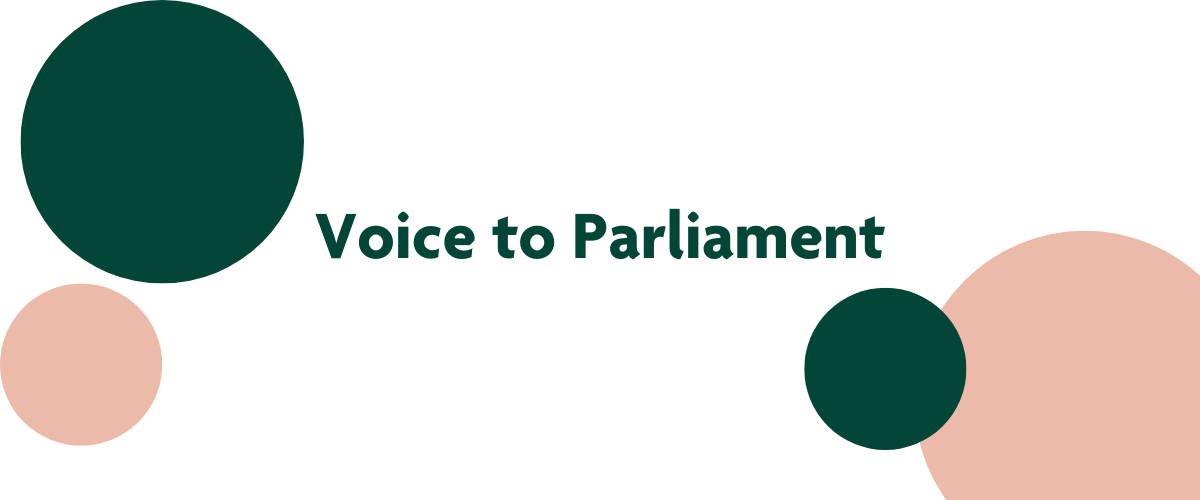In Victoria, you may hear the grass pollen season referred to as the Thunderstorm Asthma season. This is due to the large amounts of grass pollen we often have in the air and the heightened risk of an epidemic thunderstorm asthma event occurring.
On 1 October we will enter our third ‘thunderstorm asthma’ season following the epidemic thunderstorm asthma event of November 2016. Ten people lost their lives during this event while waiting for medical support. We know a lot more about thunderstorm asthma now, what causes it, how to monitor for increased pollen days, and importantly, we know more about communicating with the community about the risks.
Some of the behind the scenes learning that has also been applied includes greater integration between our emergency management and health sectors. In Victoria, where there is an emergency event with health consequences, there are joined up arrangements that provide greater clarity for decision-making, incident management arrangements, and for communicating with community.
Unique considerations exist for providing warnings and public information in the health context because, unlike their emergency management counterparts, there is not always a visible ‘hazard’ (think fire, flood or storm). The cause of the health impact may be invisible or geographically dispersed. Health events may be long running. So how do we avoid ‘the boy who cried wolf’ syndrome? How do we inform impacted communities so that they know the warning is meant for them?
I am looking forward to presenting at next week’s AFAC conference on the topic of Public Health Emergency Warnings. At this we will share the findings of the research conducted for the Department of Health and Human Services (Victoria) that considers the range of information needs of our communities during a public health emergency.







